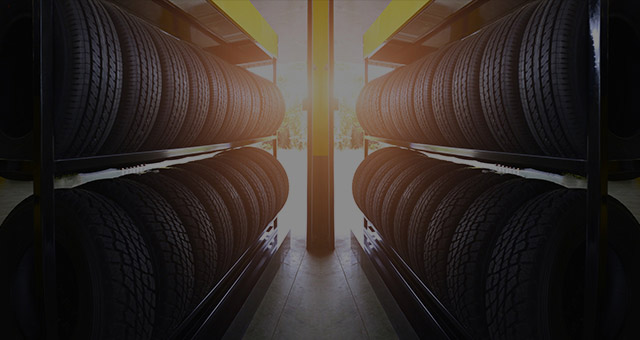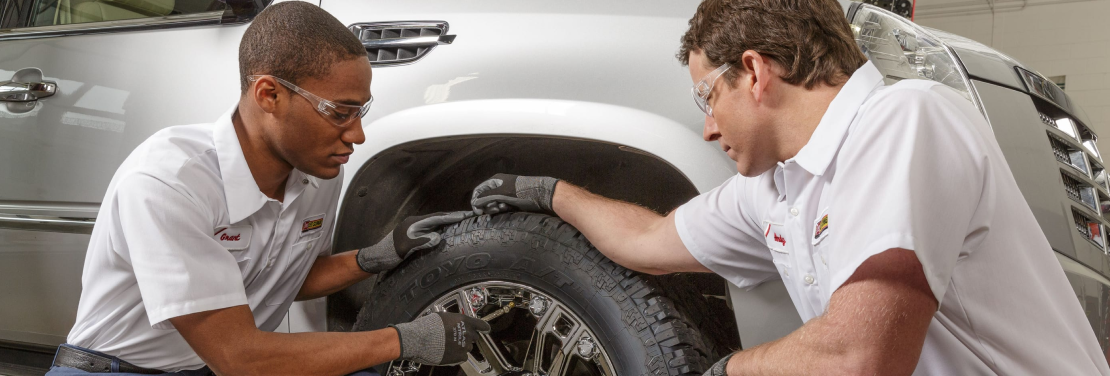Tire Solution: Comprehending Tire Pressure Tracking Systems
Recognizing Tire Pressure Tracking Equipments (TPMS) is a crucial element of maintaining optimum vehicle efficiency and security on the roadway. With innovations in auto technology, TPMS has actually become a conventional feature in contemporary cars, giving real-time info on tire stress levels.

Value of TPMS
The importance of Tire Pressure Tracking Solutions (TPMS) depends on their ability to improve automobile security and performance through real-time monitoring of tire stress levels. Keeping the correct tire pressure is essential for ensuring optimal handling, stopping, and total safety and security of a vehicle. TPMS offers chauffeurs with prompt feedback on any overinflated or underinflated tires, permitting prompt modifications to be made.
Elements of TPMS
Consisting of various essential elements, a Tire Pressure Monitoring System (TPMS) operates as an advanced safety and security attribute in modern vehicles. The major parts of a TPMS include sensing units, a control module, and a warning sign. Sensors are generally situated in the tire shutoff stem or connected to the wheel assembly, where they gauge tire pressure and transfer data to the control component. The control component processes this info and triggers a caution if it finds significantly reduced stress in any of the tires. The caution indicator, typically a symbol on the control panel, informs the motorist to check the damaged tire or tires. Some progressed TPMS models also present the real tire stress readings for every tire, supplying motorists with real-time information to ensure optimal tire performance and safety and security. By checking tire stress continuously, TPMS aids prevent crashes, minimizes tire wear, and enhances gas effectiveness, making it a crucial part for automobile safety and security and efficiency.
Kinds Of TPMS

On the various other hand, indirect TPMS counts on the automobile's wheel speed sensors to check tire stress. This system finds underinflation by comparing the rotational speeds of the wheels. Indirect TPMS is much less costly than straight TPMS, as it utilizes existing sensors within the lorry.
While direct TPMS provides more precise readings, indirect TPMS is simpler in layout and generally calls for less upkeep. Both systems have their advantages and limitations, and the choice between them commonly depends upon aspects such as cost, car make, and personal choice. Recognizing the distinctions in between these 2 sorts of TPMS can help lorry proprietors make notified decisions image source regarding tire maintenance and security.
TPMS Maintenance Tips
Efficient upkeep of TPMS is essential for making sure optimum performance and security of your lorry. Frequently checking the TPMS sensors for any type of damage or rust is vital. Guarantee that the sensing units are totally free and clean from particles that could interfere with their performance. Additionally, it is recommended to check the sensing unit batteries regularly and change them as required to guarantee accurate readings. Conduct routine checks on the tire pressure degrees and compare them with the TPMS analyses to guarantee they correspond. Rectify the system complying with the maker's guidelines if there are any kind of discrepancies. Throughout tire rotation or replacement, make certain that the TPMS components are managed very carefully to stop any kind of potential damages. Last but not least, if the TPMS advising light illuminates on the dashboard, attend to the concern without delay by inspecting the tire pressures and the total system for any type of mistakes. By adhering to these maintenance suggestions, you can prolong the life-span of your TPMS and improve the safety and security of your driving experience.
Advantages of Correct Tire Stress
Preserving proper tire Clicking Here pressure, as highlighted in TPMS Maintenance Tips, is crucial for enjoying the many advantages connected with ideal tire pressure levels. Among the primary advantages of preserving the correct tire pressure is enhanced gas effectiveness. When tires are appropriately blown up, there is less moving resistance, resulting in much better fuel economic climate. In addition, appropriate tire stress makes certain even tire wear, prolonging the lifespan of the tires and promoting more secure driving conditions. With the right tire stress, lorries additionally have much better handling and grip, especially in unfavorable climate problems. This can enhance overall driving performance and safety for the chauffeur and travelers. Preserving optimum tire pressure can contribute to a smoother and much more comfortable adventure by lowering vibrations and noise caused by underinflated tires. To conclude, the benefits of proper tire stress go beyond just tire long life; they include improved fuel effectiveness, boosted security, better lorry efficiency, and general driving convenience.
Conclusion
Finally, understanding tire pressure surveillance systems (TPMS) is essential for preserving optimum tire stress and making certain lorry safety. By recognizing the relevance of TPMS, being familiar with its parts, knowing the different types readily available, sticking to correct upkeep pointers, and understanding the benefits of keeping proper tire stress, vehicle drivers can enhance their driving experience and lengthen the life expectancy of their tires. Proper tire pressure is essential to efficient and safe vehicle procedure.
